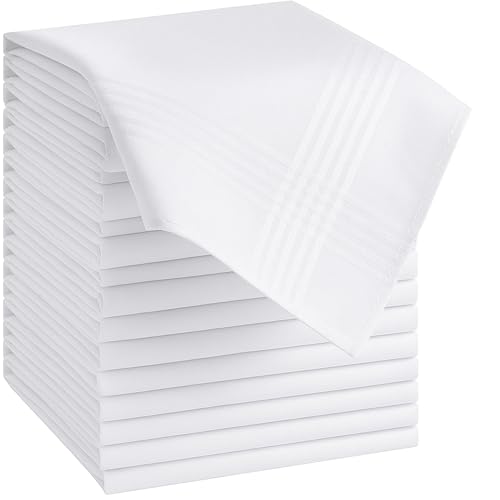The History of Handkerchiefs and the Materials Used
Handkerchiefs have been used for hundreds of years, with evidence of their usage dating all the way back to ancient China. In the past, different materials were used to make handkerchiefs, depending on the culture and the era. Let’s take a closer look at the materials used to make this practical item.
Cotton Handkerchiefs
Cotton is one of the most common materials used to make handkerchiefs. It is affordable, durable, and easy to clean. Cotton handkerchiefs are soft and lightweight, making them perfect to carry around in pockets or purses. They also come in a variety of colors and designs, making them easy to match with any outfit.
Silk Handkerchiefs
Silk handkerchiefs are a luxurious option, often reserved for special occasions or formal events. They are softer and more delicate than cotton handkerchiefs, with a smooth and shiny texture. Silk handkerchiefs often feature intricate designs or patterns, making them a fashionable accessory.
Linen Handkerchiefs
Linen handkerchiefs are made from flax fibers and are known for their strength and durability. They are also highly absorbent, making them ideal for wiping away sweat or tears. Linen handkerchiefs have a rustic texture, which some people find charming and appealing.
Bandana Handkerchiefs
Bandanas are a type of handkerchief, often made from cotton or silk. They are larger than traditional handkerchiefs and can be worn in a variety of ways, such as tied around the neck or used as a headband. Bandanas often feature bold patterns or vibrant colors, making them a popular fashion statement.
Paper Handkerchiefs
Paper handkerchiefs are a more recent invention, made from disposable materials such as tissue paper or non-woven fabrics. They are often sold in packs and are intended for single-use only. Paper handkerchiefs are lightweight and convenient, but not as environmentally friendly as their cloth counterparts.






